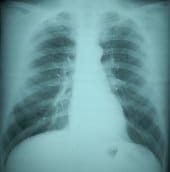
An FCE is a functional capacity evaluation. Often in a workers compensation case a doctor wants an FCE. It may be through his office or set up at another location. A true FCE may take several hours of testing a person's physical functioning or at least whatever functioning is sought by the doctor. You can consider it almost a tool used by the doctor to define your work related restrictions. Years ago the doctor would simply rely on his own best judgement to set your restrictions but the desire for a more accurate evaluation led to what we now call an FCE. Often it is done through a physical therapist and results in several pages of data which the doctor may or may not accept. Usually the doctor will accept the FCE results but the doctor has the option to form his own opinion. He can therefore totally adopt the FCE or adopt portions of it or only what he believes is appropriate. A claimant may be asked to lift various weights and perform other activities. Sometimes your blood pressure is taken since many in pain from activities can have a spike in their blood pressure. Similarly if you complain about high pain from an FCE activity but without any blood pressure elevation they can question your situation or so goes the theory. My impression is that an FCE can be useful information for the doctor but it does depend on the therapist and the doctor. In other words it is not purely objective. Also I have noticed that those with severe disabilities can have problems with an FCE. My guess is that they are more guarded or do not handle the structure of an FCE. Stamina may be a factor and of any results considered invalid my experience is that those most disabled have the hardest time with the testing. Last in my locale many FCE's include a claimant's range of motion measurements. While separate from an FCE the doctor may want the therapist to do the measurements that help the doctor with his impairment rating.

















